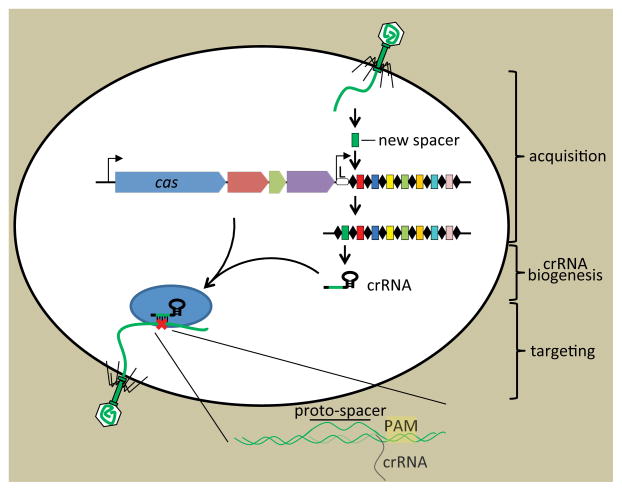Figure 1. The three stages of CRISPR immunity.
CRISPR loci contain clusters of repeats (black diamonds) and spacers (colored boxes) that are flanked by a “leader” sequence (L) and CRISPR-associated (cas) genes. During adaptation new spacers derived from the genome of the invading virus are incorporated into the CRISPR array (Barrangou et al., 2007) by an unknown mechanism. The synthesis of a new Repeat is also required. During crRNA biogenesis a CRISPR precursor transcript is processed by Cas endoribonucleases within repeat sequences to generate small crRNAs (Brouns et al., 2008). During targeting the match between the crRNA spacer and target sequences (complementary protospacer) specifies the nucleolytic cleavage (red cross) of the invading nucleic acid (Garneau et al., 2010; Gasiunas et al., 2012; Jinek et al., 2012).

